San Francisco-style driverless cars and taxis won’t hit Australian shores for a decade, experts say
Transport experts say we are still ten years away from seeing self-driving cars and taxis on Sydney’s roads as they are in San Francisco – but that doesn’t mean we’re just watching and waiting. Here’s how NSW is embracing AI on our roads.
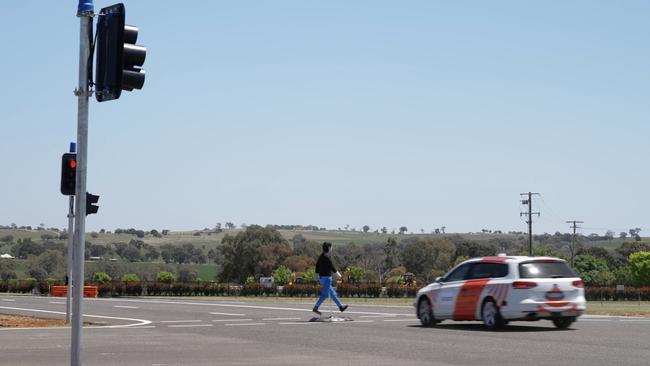
NSW
Don't miss out on the headlines from NSW. Followed categories will be added to My News.
The NSW government’s transport experts say we are still ten years away from seeing driverless cars and taxis on Sydney’s roads as they are in San Francisco.
Google’s ‘Waymo’ robo-taxi service has been wowing the general public in the Californian city of San Francisco since June this year and has expanded to test areas in Los Angeles and Phoenix, Arizona.
The company claims its intelligent vehicles are safer than human drivers, but a hemisphere away from Silicon Valley researchers in NSW are pre-empting Waymo and other commercial endeavours with a safety-first approach.
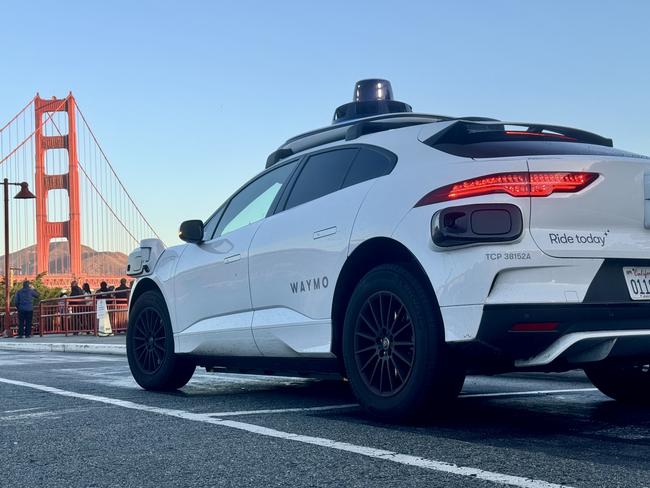
At an abandoned airstrip opposite a cemetery in the small Central West town of Cudal, Transport for NSW has been inviting autonomous vehicle researchers and companies to test out their tech for more than seven years.
Director of the Future Mobility Testing and Research Centre Evan Walker said there is a “difference in philosophy” between the disconnected road systems seen in the US and the more universal traffic management technology used in NSW and Australia.
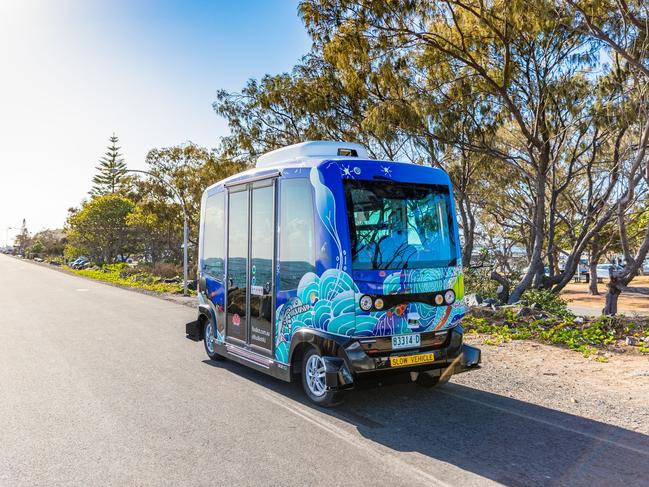
Waymo’s robo-taxis don’t have a market in Australia and with a “consistent legislative framework” for self-driving vehicles still absent at the national level, such services are “five (or) ten years down the track” he said.
“We’re moving down the road but (here) we’re really focused on what are those pragmatic, here-and-now things, because a lot of those companies overseas … are really still focused on getting their operating domain right.”
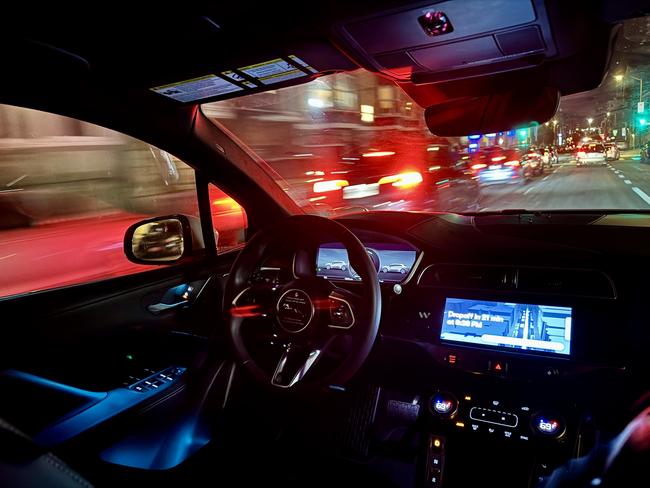
The Cudal facility is fitted out with dummy pedestrians, robot cars, motorcyclists and other obstacles for self-driving cars to avoid, and has hosted trials of self-driving utes and shuttle buses since it opened in 2017.
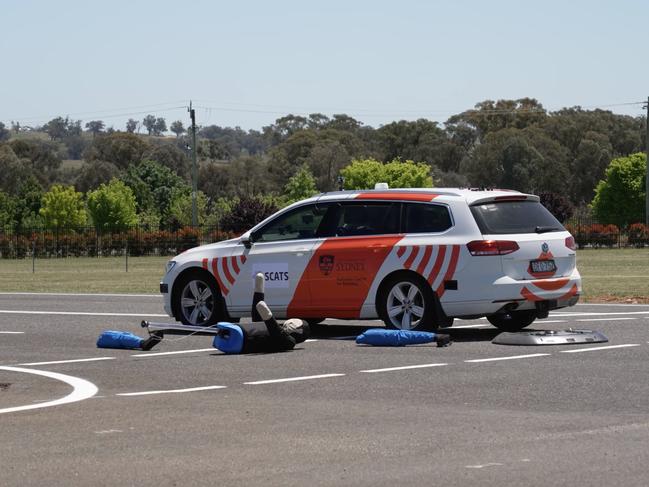
By 2027, it will begin testing autonomous trucks such as those being trialled by toll road operator Transurban on Melbourne’s Monash Freeway.
In Chippendale, Australian Centre for Robotics senior researcher Stewart Worrall said while full autonomy is a long way down the track for the average motorist, “we need to be prepared”.
“I’ve been in this area for a long time, and even I’ve been surprised at the pace as which (artificial intelligence) has moved,” he said.
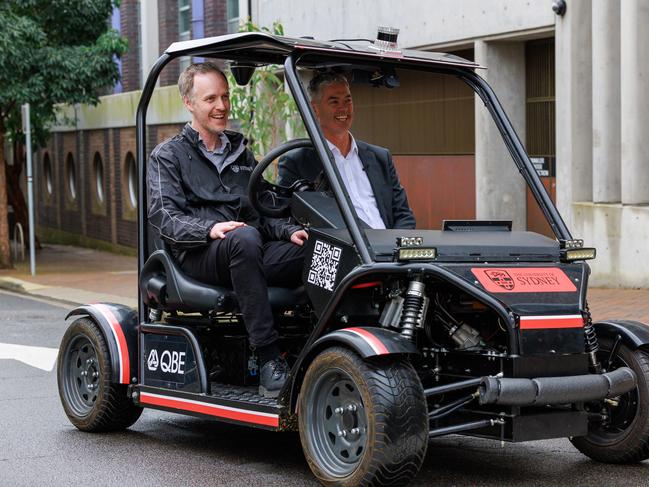
“When it comes to this kind of technology, if we don’t get involved with it now, we’ll miss out.”
Both Mr Walker and Mr Worrall insist that the future has already arrived on NSW’s roads in the form of “advanced driver assistance” technology – considered ‘level two’ on the six-level scale of vehicle automation.
Lane departure warnings, automatic braking and self-parking abilities are becoming more commonplace and getting smarter with every new model that rolls off the production line.
“Not all of those technologies are created equal,” Mr Walker said.
“What people find is that sometimes they work really well, sometimes they don’t … so that’s what we assess for now.”
Do you have a story for The Daily Telegraph? Message 0481 056 618 or email tips@dailytelegraph.com.au
More Coverage
Read related topics:Future Sydney: Bradfield Oration





